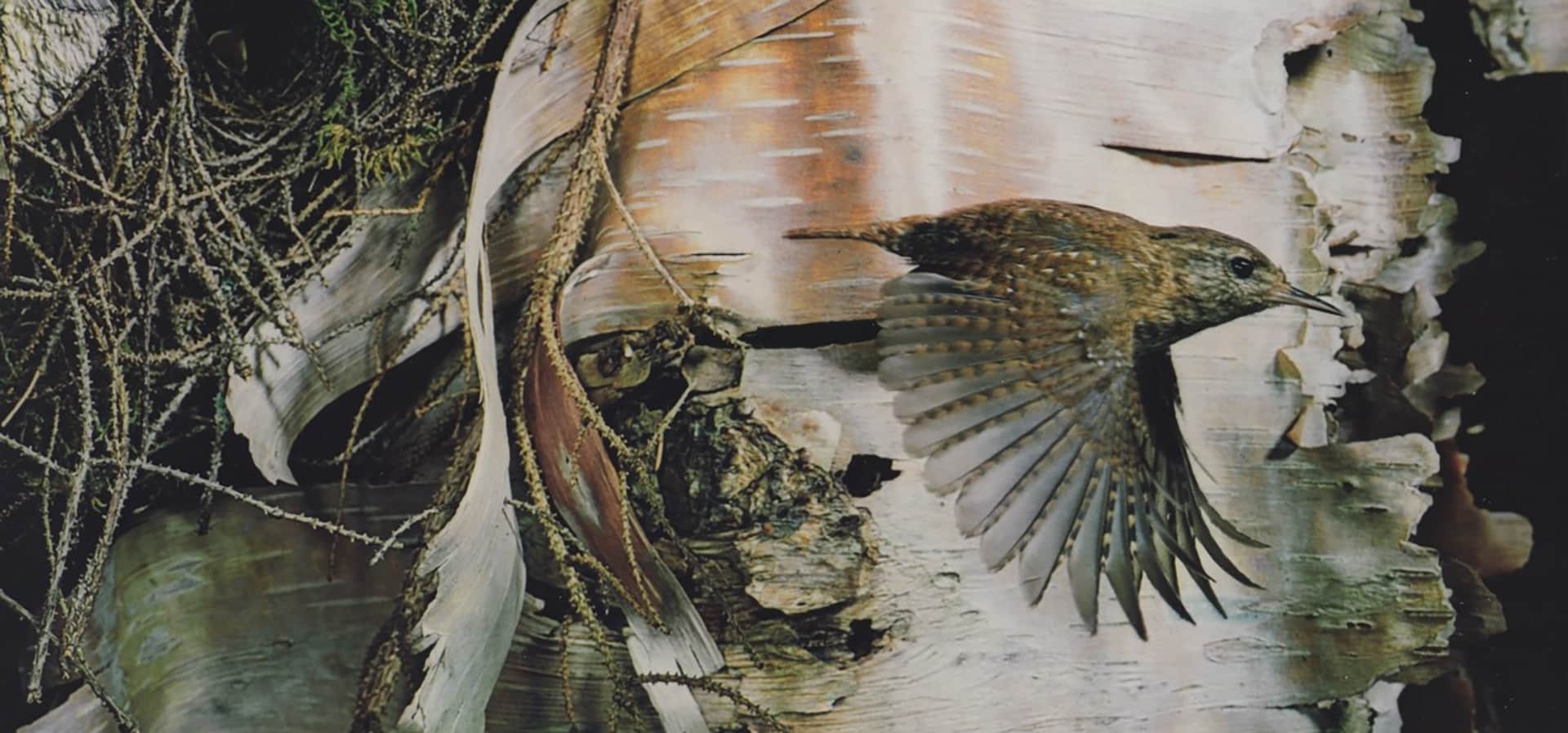A pioneer of nature color photography, American Eliot Porter got interested in birds very early on. The Amon Carter Museum of American Art in Fort Worth, TX, is devoting an exhibition to the photographer’s subject of choice.

You’re getting blind.
Don’t miss the best of visual arts. Subscribe for $9 per month or $108 $90 per year.
Already suscribed ?



